Thinking of ticking off Marrakesh from your bucket list like Vicky Belo? Here's what Filipino tourists should know about traveling to this visa-free city
With more countries easing restrictions and reopening to tourists, international travel is possible again amid the pandemic.
However, some countries require a visa from Philippine passport holders, limiting the options for those who are itching to travel. Luckily, there are still several countries you can visit without obtaining a visa.
One of these visa-free countries is Morocco. Vicki Belo and Hayden Kho flew to Marrakesh recently, ticking off yet another item on the celebrity doctor's bucket list.
Known as the "Red City" of Morocco, Marrakesh sits in the heart of the country. This UNESCO World Heritage Site offers rich history, beautiful landscapes, tasty eats, and lavish luxury experiences within its rust-colored walls. In March, the city's weather is also cooler than the Philippines' current warm climate, making it a smart travel option for those who want to beat the heat.
If you want to follow Belo and Kho's footsteps, here's a guide of what you need to know about traveling to Marrakesh.
Travel requirements
According to the Moroccan National Tourist Office, what you'll need to visit the country are a vaccination pass and a negative PCR test taken at least 48 hours before your flight. There are no entry requirements for kids under six years of age, while children between six to 18 years old only need a negative PCR test.
Passengers will also be required to present a public health declaration form, wherein they must include an address and two telephone numbers of where they'll stay in Morocco.
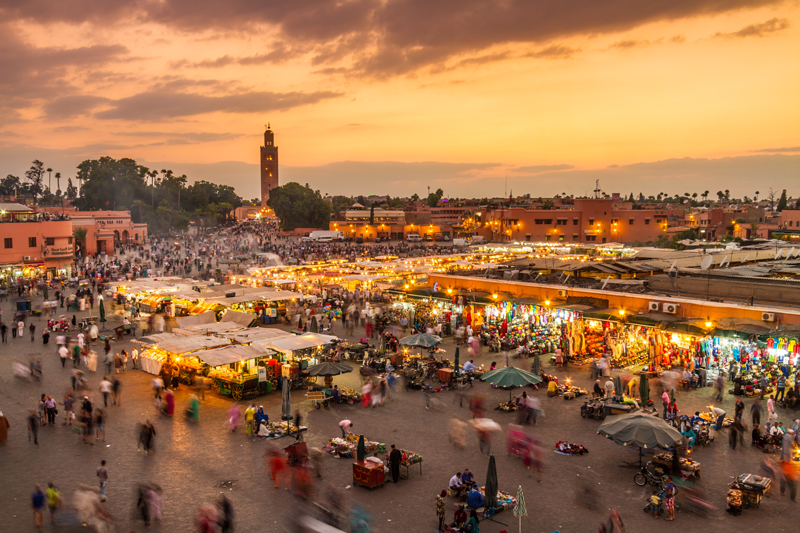
Upon arrival, there'll be antigen tests done randomly on passengers, so keep on the lookout for that.
Another thing you need to know is that wearing face masks is a must in Morocco, and establishments may have temperature checks at entrances, just like here in the Philippines.
Things to do
In this medina, you can visit a number of historic sites, including the Koutoubia Mosque, the spiritual center and largest mosque in the red city. While only those of Islamic faith are allowed to enter the premises, non-Muslim visitors can admire the structure's charming architecture outside.
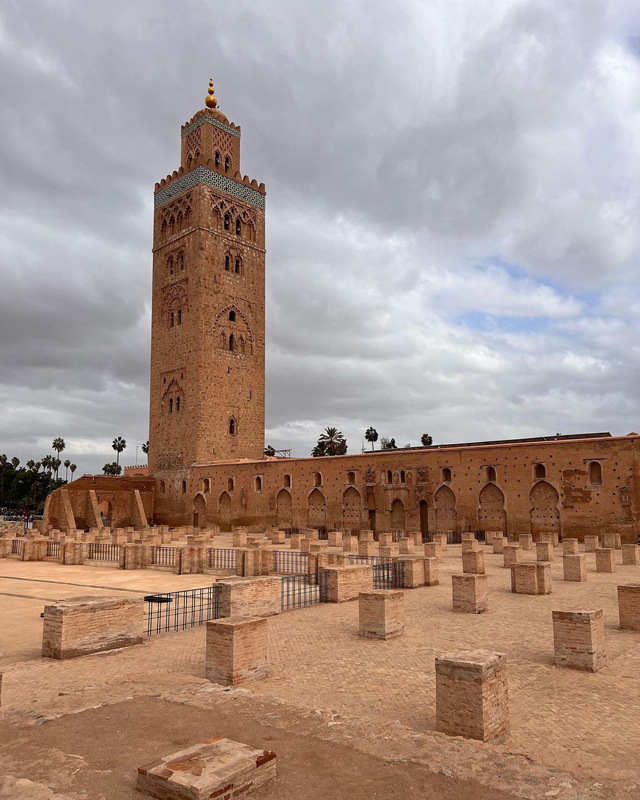
Those who want to experience the Moroccan culture through people should drop by the Jemaa el-Fnaa. The largest square in the medina, this public space is buzzing with food vendors, tattoo artists, street musicians, snake charmers, and fortune-tellers—even until the late hours of the night.
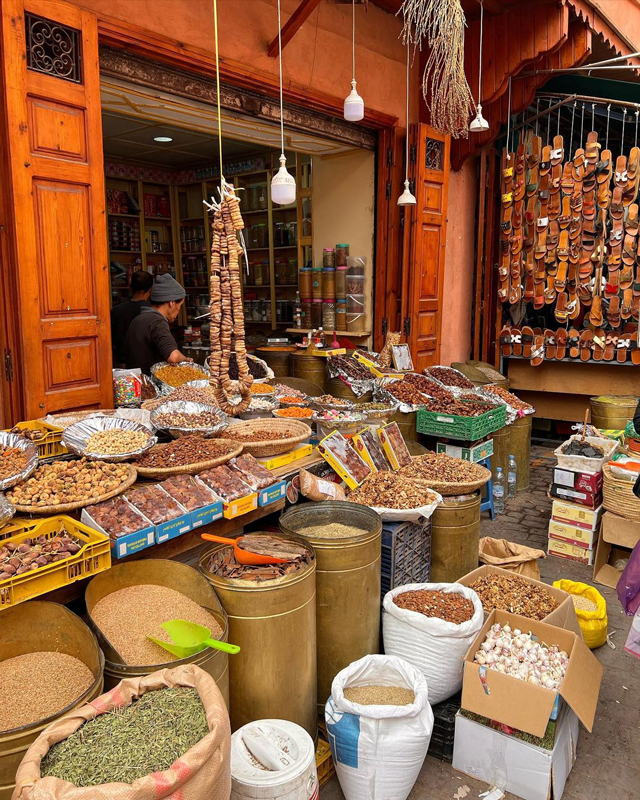
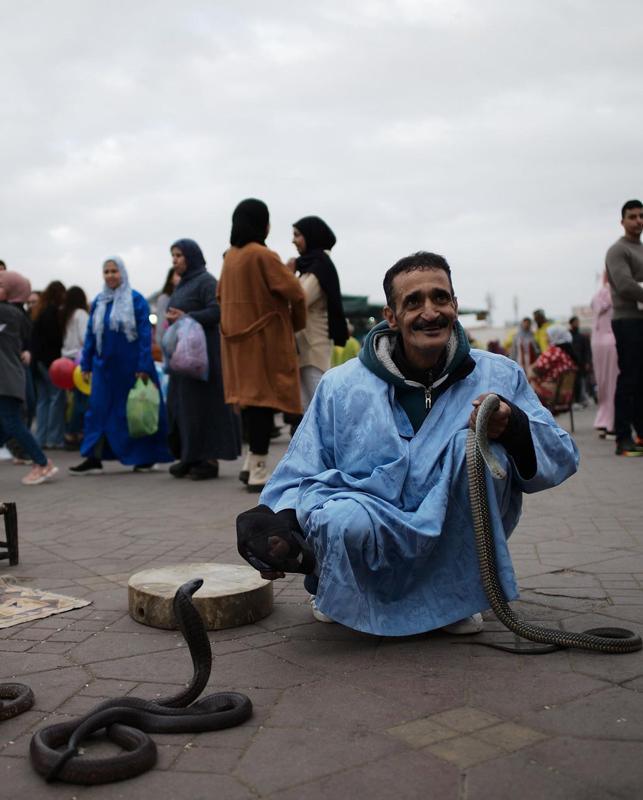
Marrakesh is also famous for its souks, or markets, where you can buy and haggle prices for rugs, leather goods, silverware, spices, food, and more.
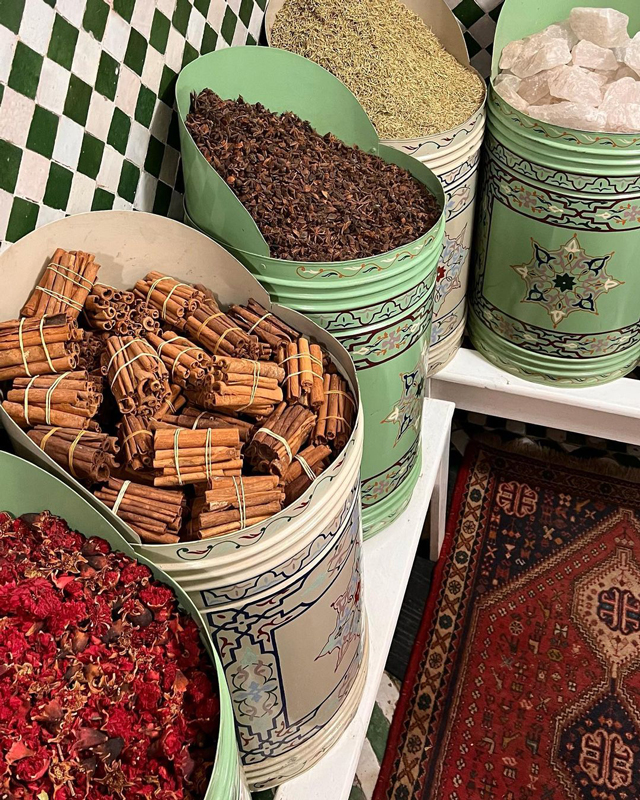
Meanwhile, for accommodation, tourists can stay in a riad—a traditional Moroccan house with an open courtyard and a fountain. These abodes were once homes of the rich, so this might give you the lap of luxury you've been yearning for.
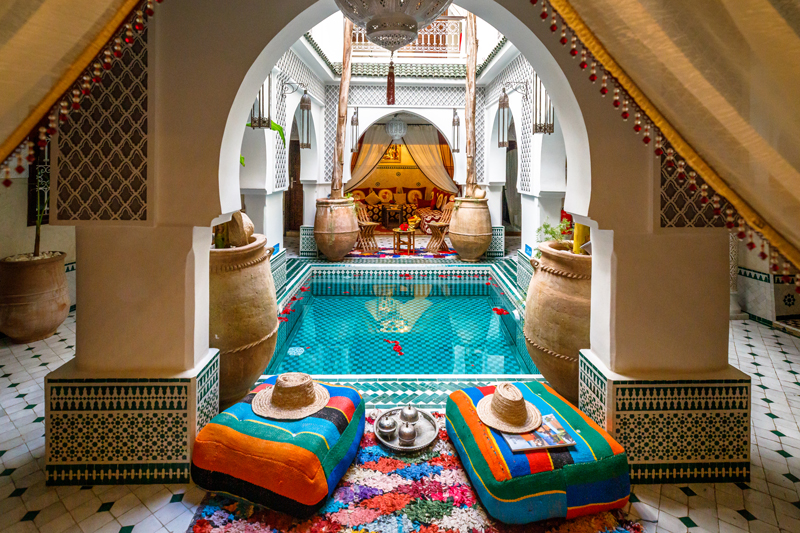
Speaking of luxury experiences, agencies in the city also offer hot air balloon rides over the Marrakesh countryside, where you'll be greeted with breathtaking views of the Atlas Mountains, the Agafay desert, and the red city itself.

Best time to visit
It's best to visit Morroco during the seasons of spring, which takes place from mid-March until May, and fall in September to October. The weather during these times is pleasant, especially when compared to the summer and winter months when temperatures tend to be extremely hot or cold.


